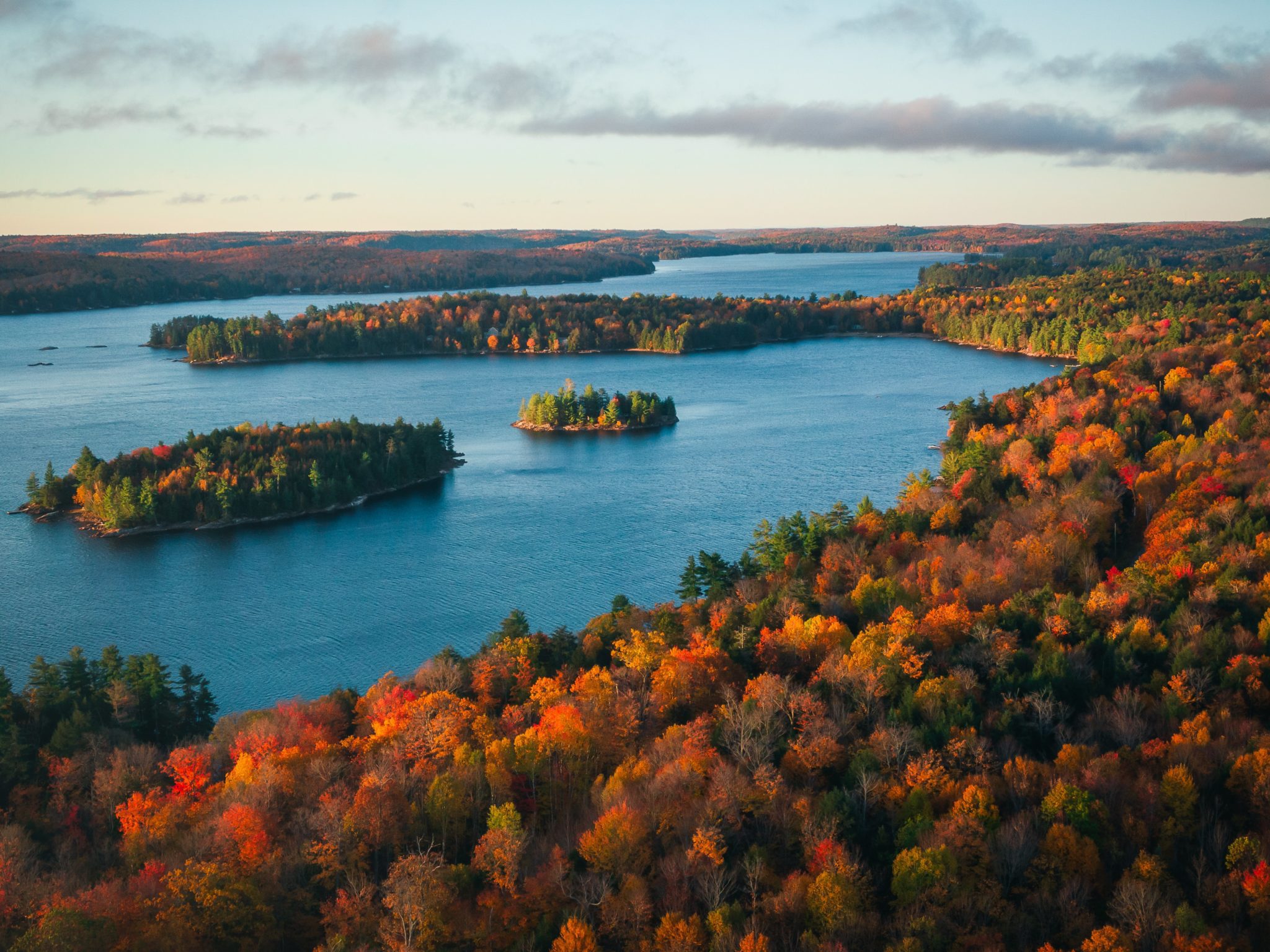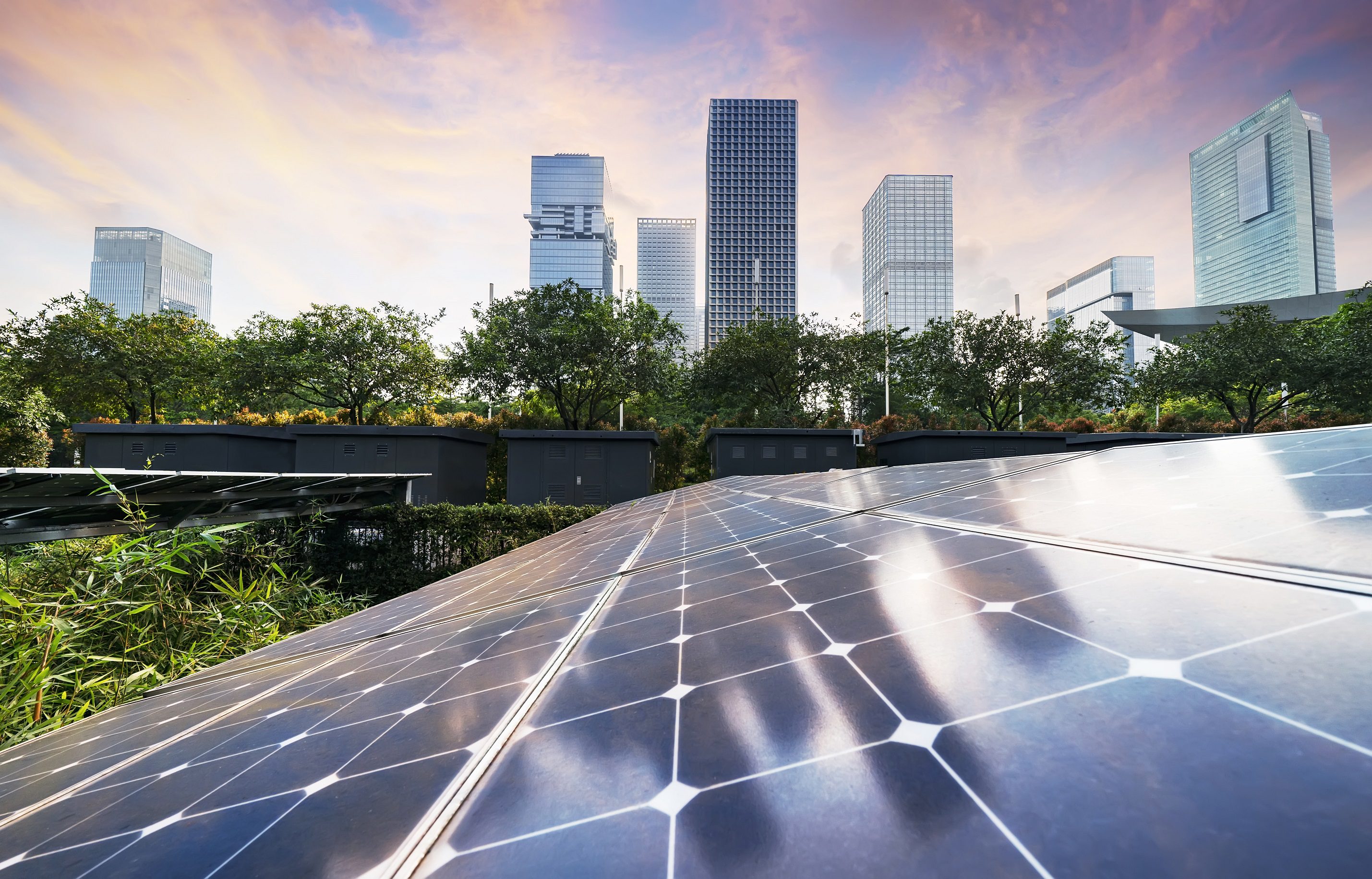In 2022, environmental progress ran hot and very cold in Canada. At the international and federal levels, significant progress was made on climate action, plastic waste, toxic chemicals and biodiversity conservation. At the provincial level, progress was mixed, with extreme anti-environmental laws and policies rolled out in Ontario and resistance to progress in many other provinces.
British Columbia was a welcome exception due to initiatives like the province’s clean car standards, plastic waste policies and climate plan.
Looking forward to 2023, we expect the federal government will make progress on efforts that are already underway and deliver real results. However, we expect bigger struggles on a provincial level, especially for people living in Ontario, who will have to fight to fend off a provincial government determined to roll back the clock to a time when the environment was seen as a public hindrance in the way of private profits.
Here’s our list of the top 12 predictions for the environment in 2023 (in no particular order):
-
Canada will get in gear and drive towards an equitable EV future.
The federal government will keep its promise to increase the availability and affordability of electric vehicles. Right now, people who want to replace their polluting gas or diesel vehicle with a fully electric one are stuck on waiting lists that can last years. With the advancements in battery technology, the demand for EVs has grown significantly. As a result, the federal government is poised to release new rules that could make EVs 20 per cent cheaper and much easier to find. Check out our recent work on this issue here.

-
Financial Institutions will be forced to better align finance with climate action.
It is hard to create a zero carbon economy if banks and pension funds are still investing in expanding oil and gas extraction. It is even harder if these investments mean much less money is available to invest in the new fossil-free businesses that are ready to take off. Our money is also at risk if it is being held and invested in fossil fuel projects that must be shut down soon in order to address climate change. As a result, we expect to see an expanding demand from Canadians for the federal government to regulate investors and lenders and require them to disclose the climate risks of their investments and create plans to provide funds in a manner that is consistent with Canada’s climate commitments. You can read more about this issue here.
-
The government will get the ball rolling on a Just Transition to ensure preparedness for our zero-carbon future.
Canada has never excelled at planning major transitions in its economy. From the cod fishery to old growth forest logging, the usual approach has been to deny change was fast approaching, do little to plan for the people and businesses involved and then largely walk away when it all collapses. There are signs that we may have learned from past mistakes and that 2023 will be a year when Canadians, businesses and governments sit down to develop an industrial strategy focused on facilitating the energy transition. This work needs to support emergent green industries, identify key roles for governments to support and enable the transition and ensure that our workforce is being supported to move into important new roles within it. You can read more here.
-
Ontario will come to realize the mistake of paving over the Greenbelt and our critical ecosystems.
The Ontario government gave residents a very nasty end of year present with legislation that gutted environmental protection for wetlands, forests and rivers, rolled back planning rules that create livable communities and enforced sprawl on many cities that were trying to build affordable housing within their existing borders. They topped it off with attacks on the cherished Greenbelt and large increases in property taxes that will be used to increase profits for developers. We expect to see the growth of a large new alliance of groups coordinating their efforts to stop the implementation of this destructive agenda. Expect to see on the ground opposition by municipalities, community groups, farm organizations and others. These attacks will be seen as the Ontario government’s biggest mistake. Learn more and take action at handsoffthegreenbelt.ca or yourstoprotect.ca
-
Conflict in Europe will accelerate a green transition.
The Russian invasion of Ukraine has had devastating impacts on people and land and created an energy supply crisis in Europe. The fossil fuel industry and its backers have tried to turn this crisis into an opportunity to lock in expansion of new gas projects. However, expect to see encouraging moves by European countries to double down on plans to rapidly decarbonize. Look for huge investments in heat pumps, electric vehicles, renewable electricity, green hydrogen and conservation. You can learn more here.

-
The federal government will proceed with a full environmental assessment of the proposed Highway 413.
In the spring, the Ontario government will finally submit its project proposal for Highway 413 (two years after the project was initially designated by the federal Minister). We expect the federal Minister will consider the evidence of significant harm to areas of federal jurisdiction and the high level of public concern and order a full review of the project with opportunities for public hearings and examination of evidence. This highway would devastate farmland, forests and rivers, many of which are on the Greenbelt, and would force car-dependent sprawl on Brampton and Caledon. Find out more: stopthe413.ca
-
The federal clean electricity standard will force Ontario to stop building more polluting gas plants.
Ontario wants to massively expand the use of fossil gas to produce electricity and lock us into large increases in carbon emissions and higher electricity prices. Renewable solar and wind are the cheapest forms of electricity and they don’t pollute. They could be paired with hydropower from Quebec, conservation, battery storage and a smarter electricity grid to meet our needs. We expect that the federal government will act to ensure that any gas plants in Ontario must be shut down in a timely fashion to meet the federal government goal of zero carbon electricity supply by 2035. You can read more about this issue here. -
Indigenous Groups will continue to protect their communities and Canada’s freshwater by standing up against toxic tailings and the Line 5 pipeline.
Indigenous communities will speak with increasing clarity and certainty about their desire to see their communities protected from the risks of oil and gas development and toxic wastes. In particular, they will seek to put a stop to the dangerous Line 5 oil pipeline in the Great Lakes and to see the federal and Alberta provincial government finally move to clean up the trillions of litres of tar sands tailings that are polluting the Athabasca River and downstream communities. You can learn more here. -
The federal government will move forward with its promise to eliminate subsidies for the fossil fuel industry.
Hot on the heels of announcements that Canada will end public financing of foreign fossil fuel projects, we expect to see the federal government finally make good on its promise to end domestic subsidies (which were over $18 billion in 2022). This will free up taxpayer money to invest in the clean energy transition for Canadians. You can read more here.
-
The federal government will expand the ban on harmful single-use plastics and will begin to invest in reuse services and systems.
The federal government will follow up on its recently enacted ban on six single-use, non-recyclable plastic items by banning additional harmful and unnecessary plastics. The government will also start to seriously support a move to establish accessible return and reuse systems that reduce the need for more plastic packaging. Read more about the bans here.

-
Putting a cap on oil and gas carbon emissions.
Rising carbon emissions from oil and gas production have washed out reductions from every other sector. As a result, in 2021, the federal government committed to developing a cap that will force industry to reduce emissions to zero by 2050. In 2023, we expect the new regulations to be finalized to drive down emissions. Expect the oil industry to use its power to weaken and delay the regulations and to ask Canadians to pay for any emission reduction measures, just as they have asked us to foot the bill for slowing methane gas leaks, cleaning up abandoned wells and addressing the trillions of litres of contaminated tar sands tailings currently leaking into the Athabasca River. You can read more here.
-
Canada will finally get its new Toxics and Environmental Justice Laws.
Two important laws were almost finalized when Parliament rose for the Holiday break in December. One will modernize the Canadian Environmental Protection Act, a long overdue refresh of our signature environmental protection law. The other will require the development of a strategy to redress a history of environmental injustice in Canada. Both are set to return to the House of Commons early in 2023 and we hope for speedy passage. Learn more here.
To mitigate the effects of climate change and protect our communities and ecosystems, we will require significant commitment from all levels of government and the public in 2023.
At a federal level, it will require policy leadership and collaboration and engagement with the public and decision makers. In Ontario, it will require community level mobilization to ensure that the worst of the Ontario government’s anti-environmental agenda can be stopped in its tracks.
Looking ahead, all of us at Environmental Defence have a lot that we want to accomplish (take a look at our 2023 wish list). And with your help, we can make it happen. This holiday season, please consider making a tax-deductible gift to support our work.











